A
Anthony ShannonAug 9, 2025
Why is my LS Industrial Systems SV004iE5-1 overheating?
- BbrianlewisAug 9, 2025
The LS Industrial Systems Inverter will turn off its output if the heat sink overheats, potentially due to a damaged cooling fan.
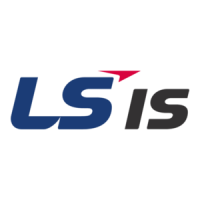
Why is my LS Industrial Systems SV004iE5-1 overheating?
The LS Industrial Systems Inverter will turn off its output if the heat sink overheats, potentially due to a damaged cooling fan.
What happens if my LS Industrial Systems SV004iE5-1 Inverter is overloaded?
The LS Industrial Systems Inverter turns off its output when the output current of the inverter flows more than the rated level (150% for 1 minute).
What causes an over voltage error on an LS Industrial Systems Inverter?
The LS Industrial Systems Inverter will turn off its output if the DC voltage of the main circuit increases higher than 400 V when the motor decelerates.
What causes a low voltage error on an LS Industrial Systems Inverter?
The LS Industrial Systems Inverter will turn off its output if the DC voltage drops below 180V due to insufficient voltage input torque.
What does condenser overload mean for LS Industrial Systems Inverter?
The inverter output is blocked when one of 3 phases gets opened or main condenser is outworn, resulting in excessive DC voltage variation.
| Rated Power (kW) | 0.4 |
|---|---|
| Rated Power (HP) | 0.5 |
| Input Voltage | 200-240 V |
| Braking Unit | Built-in |
| Control Method | V/F control, Sensorless vector control |
| Input Frequency | 50/60 Hz |
| Rated Output Current | 2.5 A |
| Enclosure Rating | IP20 |
| Rated Current (A) | 2.5 A |
| Output Frequency (Hz) | 0.1-400 Hz |
| Output Voltage (Range) | 0-Vin V |
| Control Method (PWM) | Space Vector PWM |
| Protection Features | Overcurrent, Overvoltage, Undervoltage, Overheating, Short Circuit |
| Operating Temperature | -10 to 50°C |
| Storage Temperature | -20°C to +65°C |
| Humidity | 95% RH or less (non-condensing) |
| Altitude | 1000 m or less |
| Cooling Method | Fan Cooled |
Covers WARNING, CAUTION, and general safety guidelines for safe product use.
Details on handling, mounting, and wiring the inverter for safe and proper operation.
Guidelines for inverter placement, heat dissipation, and dimensional specifications.
Details on control and power terminal diagrams, grounding, and wire specifications.
Step-by-step guides for setting parameters and monitoring operation status.
Parameters for target frequency, ACC/DEC times, drive modes, and multi-step settings.
Details on inverter protective functions, their causes, and corresponding fault displays.
Guidance on troubleshooting specific faults, identifying causes, and applying remedies.







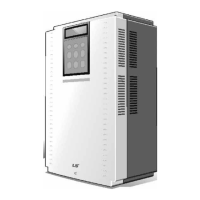
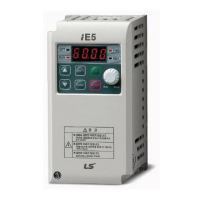
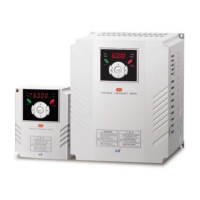

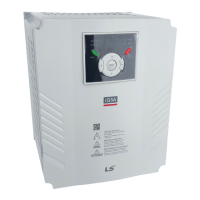
